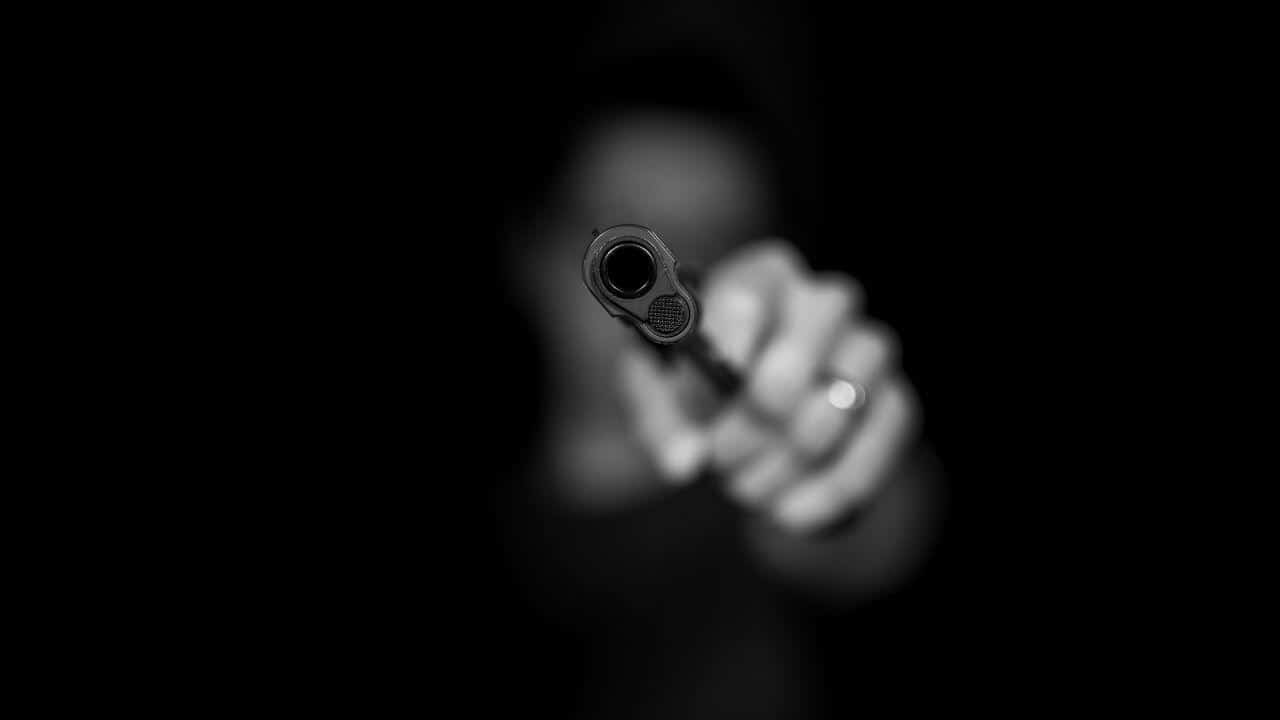Demonstrative evidence has always consisted of hand-drawn charts, graphs, and diagrams. They are used by witnesses over the course of the trial to clarify their testimony. This helps the jury obtain a better understanding of the case. It’s a method to do more than extract facts from a piece of evidence. It’s a means to imprint them in the jury’s thoughts.
Computer-generated animation has been used as a form of demonstrative evidence. It is displayed in front of the jury to help them understand how a crime occurred. It has been used across various cases with different nature irrespective of it being a criminal or a civil case.
Harris v. State
One of such cases is the case of Harris v. State. A computed-generated animation was used to explain the events surrounding a gunshot wound and the damage caused to the gunshot victim.
After a jury trial in Jackson County District Court, Harris was found guilty of first-degree murder. He was sentenced to life in prison without the possibility of parole after he confessed he intentionally shot Pearce. During the trial, video animation was used to explain the expert witness’ theory of how the event happened.
Two video recreations were used to explain the event. The first video recreation has two live actors portraying the expert witness’ version of the shooting. It is based on bullet trajectories through the victim’s torso and into the seat and side of the car where the accident occurred.
The second video recreation is a computer animation showing the bullet’s trajectory through the victim’s belly and into the car seat. The video showed the line of trajectory through the body and how it varies if the victim is stabbing with a knife in his right hand.
Video animation and expert witness
The expert witness concluded that the victim was seated in the passenger’s seat with the backrest reclined after the videos had been played. He also claimed that the victim was not acting aggressively at the time he was shot by any of Harris’ four rounds.
During his testimony, the state’s expert witness utilized these video reenactments to demonstrate the state’s theory. The expert witness’ conclusion that the victim was sleeping and reclined when he was shot. The footage was also used to refute claims that Harris was being assaulted or driving while firing the rifle.
The trial court agreed that the video and computer-assisted reenactments accurately depicted the objects and circumstances shown and that the reenactments were fair and accurate depictions of the evidence. The expert witness explained each recreation as it was being played, stating that the reenactments were intended to assist him in establishing a hypothesis or conclusion. As a result, the footage and computer-generated crime scene reenactments were both credible and timely.






